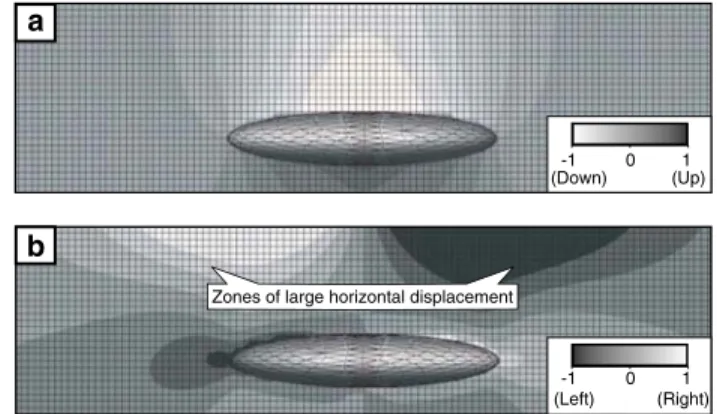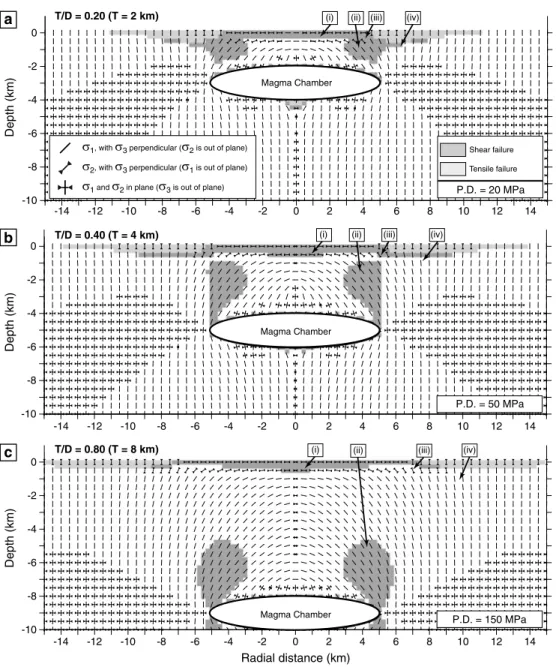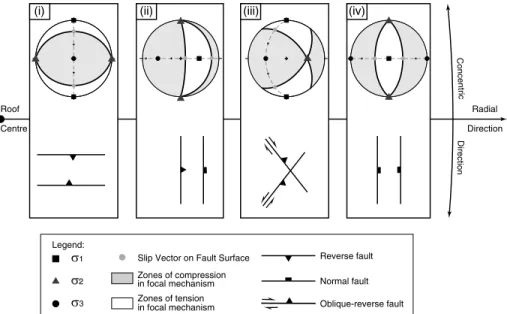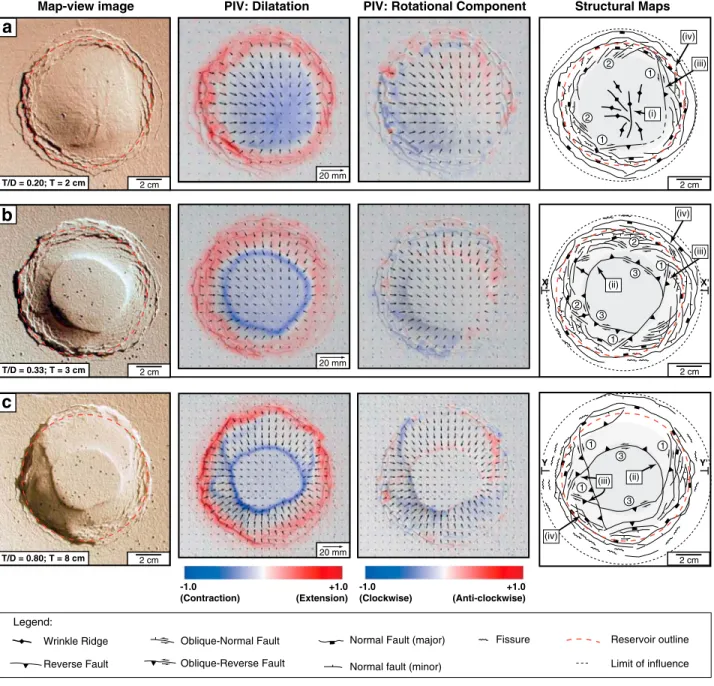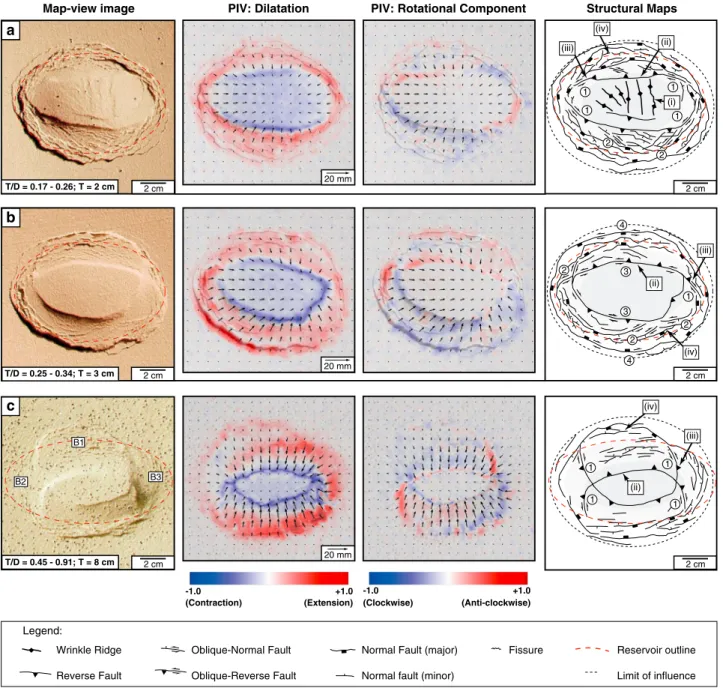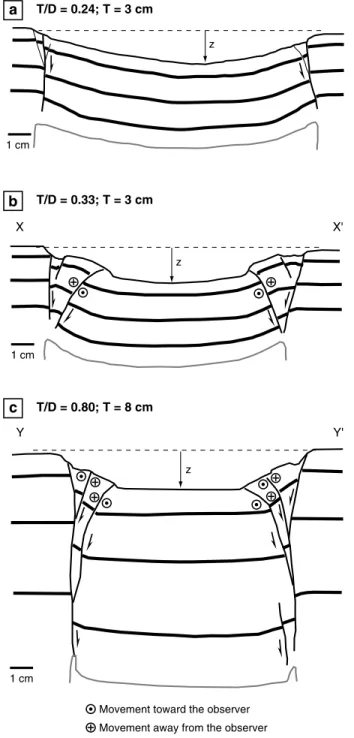Origins of oblique-slip faulting during caldera subsidence
Texte intégral
Figure
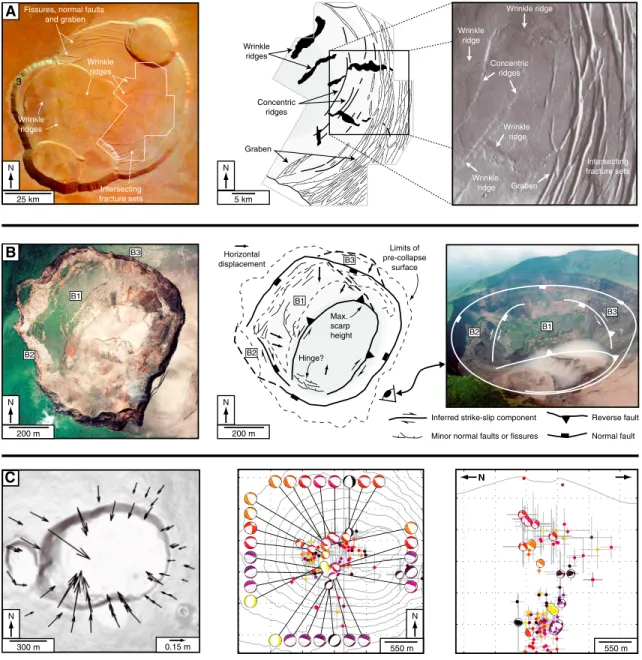

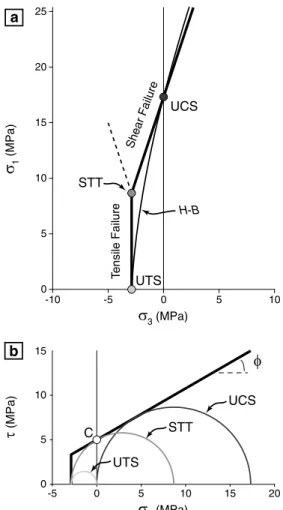
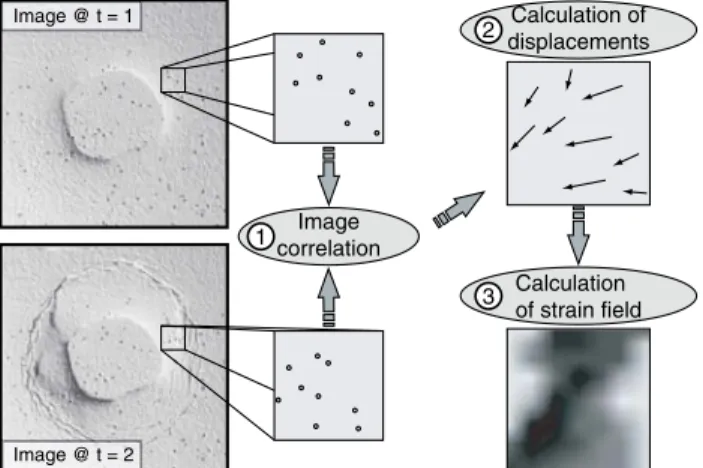
Documents relatifs
[1] addresses two main issues: the links between belowground and aboveground plant traits and the links between plant strategies (as defined by these traits) and the
Mixing models which were developed to account for the isotopic characteristics of Quaternary basalts from the Gulf of Aden and Main Ethiopian Rift have concluded that ter- nary
We focused our work on developing a question analyser module that used SPARQL queries over DB- pedia and the Wiki WGO 2009, our geographic ontology, as a means to get answers
The overall structure of the East Sakhalin Mountains can be described as a domino system in a shear zone between two master faults, the Tym-Poronaysk fault to the west
Along the North Ih Bogd segment, we estimated the horizontal slip rate of the Bogd Fault at Bitut, a site located 40 km east of the the Noyan Uul site (Fig.. There, a system of
to represent the exact effective interaction force within a thermodynamic free energy, we explained that the thermodynamic results for pressure and interfacial tension can- not
With different action and running in dependence on the involved cerebral lobe, the introjective I and projective P flows oscillatory revolve around the elements
However, modeling saltation intermittency from a LES approach is still chal- lenging because saltation occurs near the surface, within a layer not exceeding 1 m height, where
